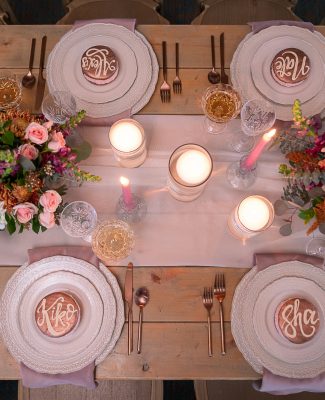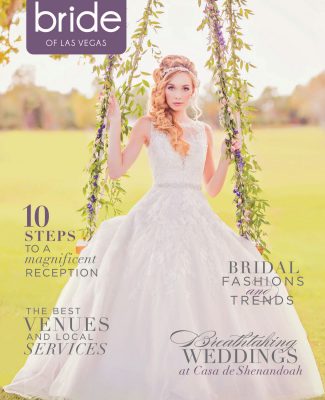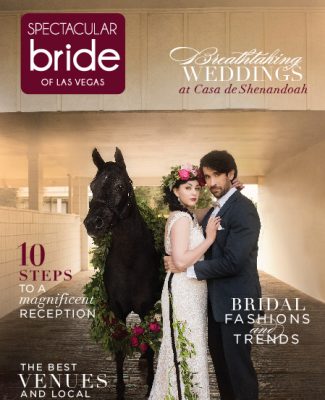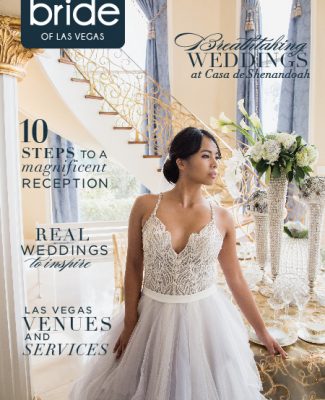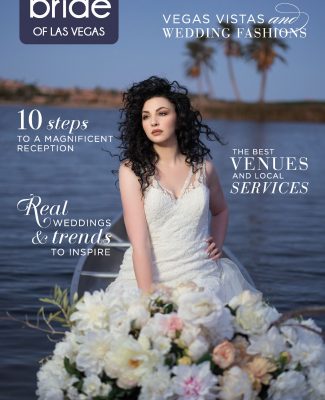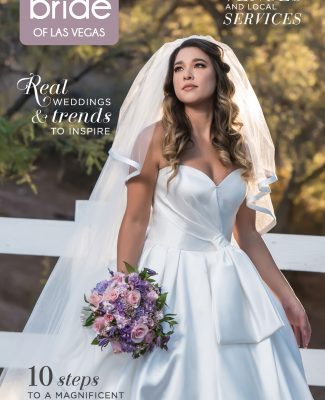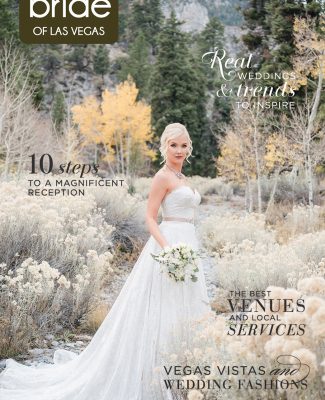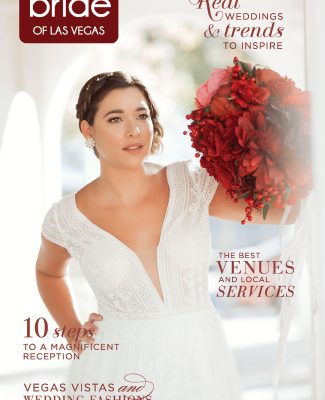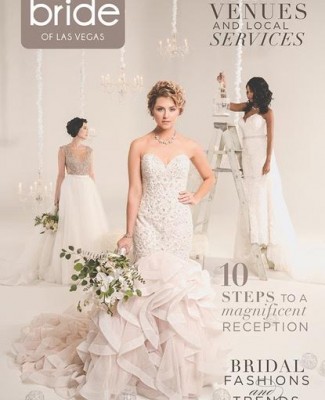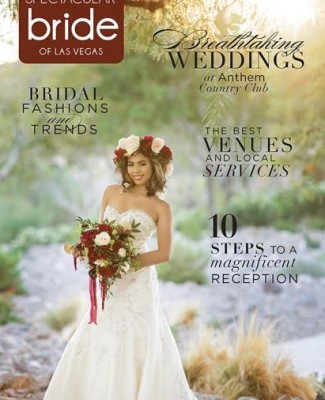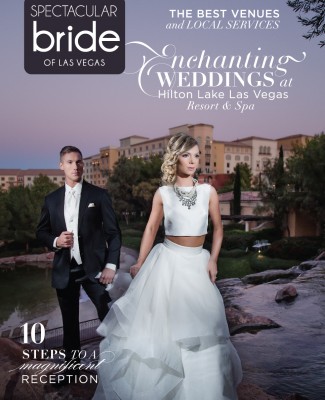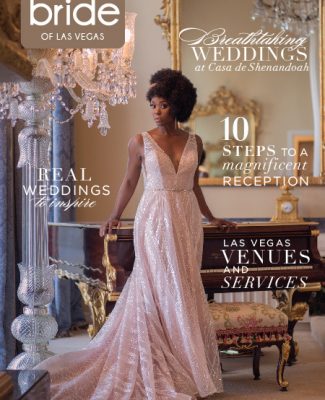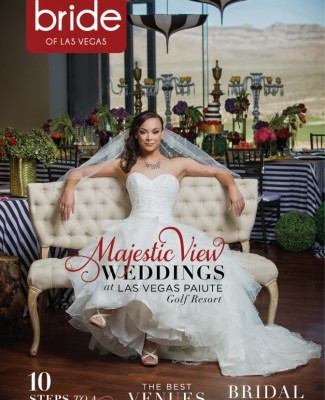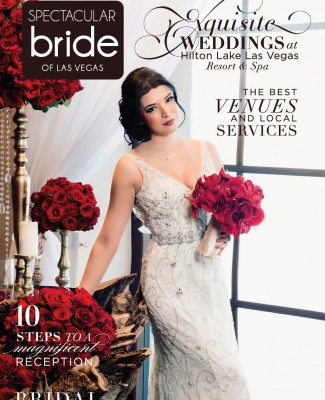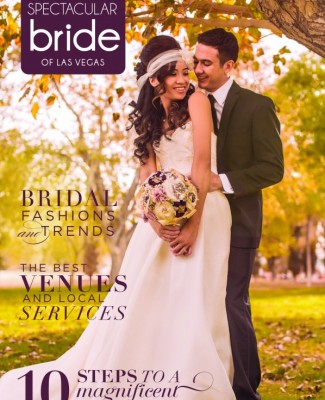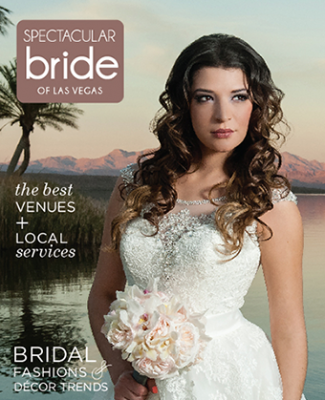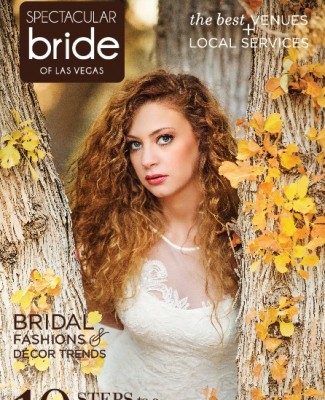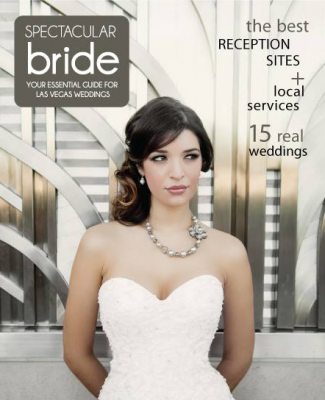In the age of Internet and cell phones, many brides are asking if traditional RSVP cards are worth the postage. Money aside, are RSVP responses as reliable as they once were for an accurate head count? No couple wants to pay the wedding venue and caterers for 100 guests, only to have 80 people attend the ceremony and reception. With all these considerations comes the big question: What is the best way to get your guests to RSVP in the 21st century?
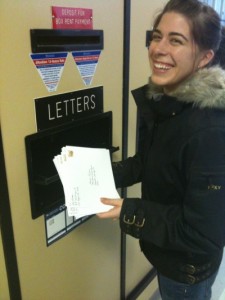
For my Las Vegas wedding, one week before I needed to call the venue with the final head count, my groom and I realized that we had 20 people who we still hadn’t heard a word from. That week, we had to contact those people, and we were not counting on the U.S. Post Office to bring our answer this time. We turned to methods guaranteed to deliver fast responses. I messaged my friends on Facebook, my fiancé texted his M.I.A. groomsman, and my mother-in-law-to-be phoned the long-lost Armenian relatives living in France. Technology had saved the day; RSVP cards had failed us. Or had they?
While 20 of our 84 invitees had to be tracked down through our cell phones and Internet connections, the remaining 64 people had replied via the “snail mail” response cards we provided. Even in this technological era, many guests are still willing to mail response cards, largely because they are familiar with this traditional RSVP method for weddings.
From a bride’s perspective, I loved reading the RSVP cards that arrived in the mail. With each person who responded, I became more and more excited for the approaching wedding day now that I had tangible guarantees of close friends and family attending. Furthermore, the mailed response cards gave our guests a chance to be creative. From hand-drawn cartoons to well-wishes to the use of “Master Jedi” as opposed to “Mr.” I received feedback while also getting a few good keepsakes out of the printed response cards. Therefore, my choice to use mailed cards was not a waste.
But what about the 20 guests who didn’t respond? Traditional RSVPs hadn’t worked to solicit their responses. Well, after looking a little deeper, I discovered that those who didn’t respond were either (1) international guests, or (2) guests under the age of 25.

Brides, this trend can help you decide the best way to reach your guests. Have a lot of family overseas? Does everyone on your guest list have access to the Internet? Are you interested in the efficiency of e-mails in your inbox or the excitement of opening envelopes with hand-written RSVPs?
Still not sure whether you want to go the traditional route of mail-in response cards or try an unconventional method via the Internet? Here’s a list of pros and cons to using online RSVPs for your wedding.
PROS:
- Saves you money on postage.
- Allows you to “go green” by saving paper.
- Enables your international guests to respond without paying extra postage and with no delay time as their RSVPs make their way across oceans.
- Wedding web sites keep track of RSVPs for you.
- Guests are not able to add anyone to some RSVP web sites (so you won’t have to pay for your cousin’s boyfriend you’ve never met).
- Saves you time (from sticking stamps on RSVP envelopes to daily trips to the mailbox or post office box).
CONS:
- Guests who are not Internet-savvy may not respond.
- Guests are not able to add anyone to some RSVP web sites (so your newlywed college roommate won’t be able to tell you to also expect her husband).
- You may miss out on heart-felt wishes or silly remarks your more creative guests could have included on paper.
- If by e-mail, you might lose RSVPs to your spam folder as misfiled mail.
- Since online RSVPs are new to many people, be prepared for some guests to not approve of your chosen method.
Brides, the wedding day is all about you and your groom. But, in the case of RSVPs, keep your guests in mind. Take another look at your guest list, and decide which method (mail or Internet) best fits your group of guests.
Author: Allyson Siwajian © 2010
Photographs: Anthony Siwajian, Allyson Siwajian © 2010


